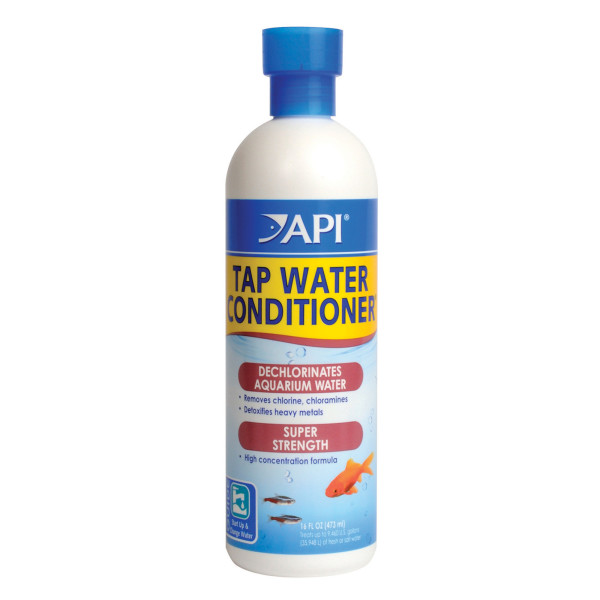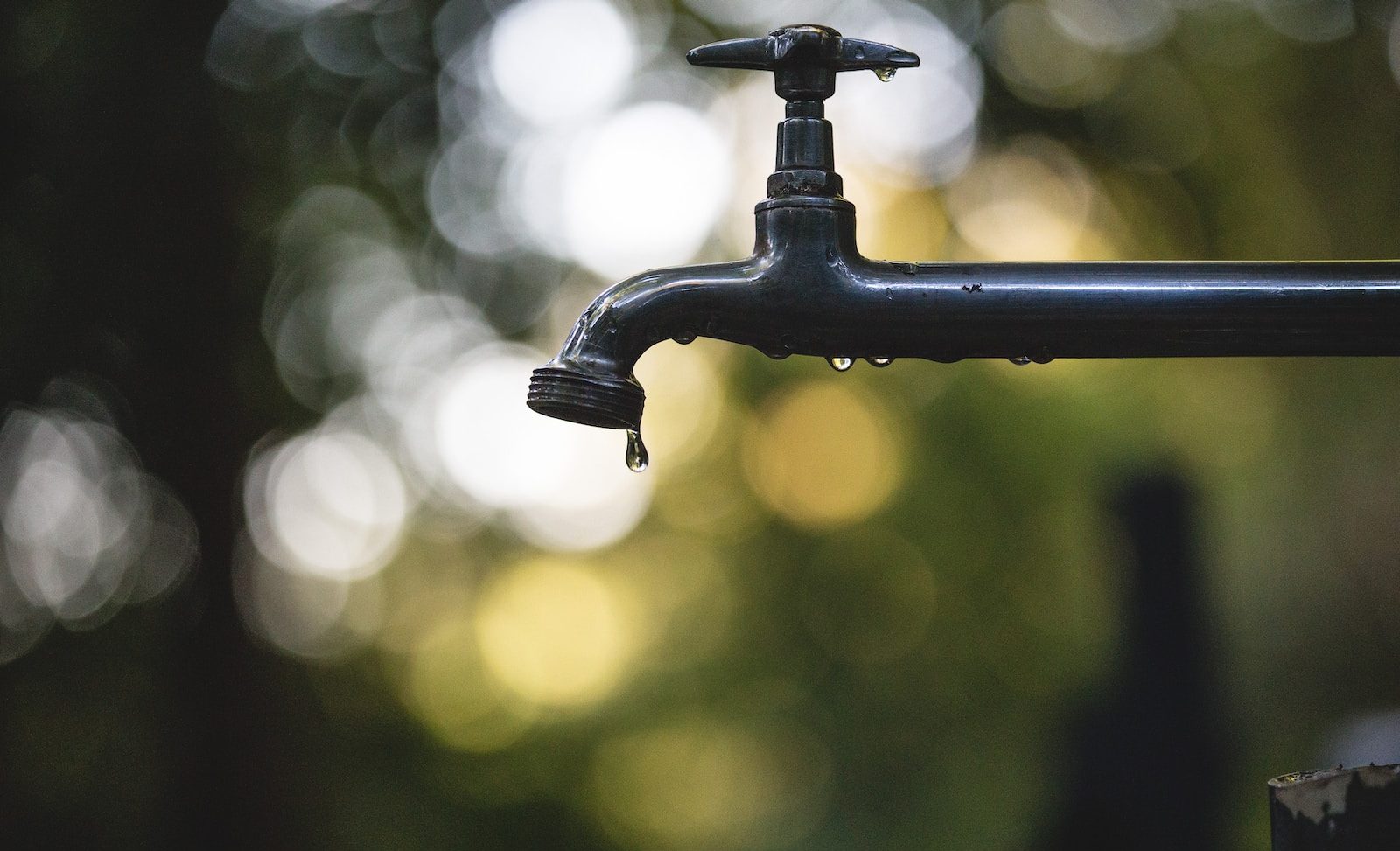Disclosure: Please note that some of the links on this site are affiliate links. If you click on these links and make a purchase, we may earn a small commission at no extra cost to you. Your support is greatly appreciated and helps us continue to provide valuable content. Thank you! (full disclosure)
Using Water Conditioner for Aquarium Health
When it comes to setting up and maintaining a healthy fish tank, there are many considerations to keep in mind. These range from selecting the right tank size to choosing the perfect fish species. However, one often-overlooked aspect of aquarium care is the quality of the water itself. While most of us rely on tap water to fill our aquariums, it’s essential to recognize that this seemingly harmless source can harbor a range of chemicals and impurities that can be detrimental to fish health. Fortunately, this is where water conditioners step in. Water conditioner for fish tanks transform potentially toxic tap water into a thriving aquatic haven for your fish.

The API® TAP WATER CONDITIONER treatment swiftly removes harmful substances from tap water, enabling you to introduce fish into your aquarium immediately or following a water change. This product dechlorinates both aquarium and tap water, detoxifies heavy metals, and is suitable for both freshwater and saltwater environments. Its highly concentrated formula can treat up to 600 US gallons using just one ounce, ensuring the safety of your fish in your aquarium.
Fish Tank Frank and the Case of Untreated Tap Water
Once upon a time, in a quiet suburban home, there lived an enthusiastic aquarium hobbyist named Fish Tank Frank. Frank had always been interested in fishkeeping. He had created a beautiful, community of guppies in his brand new fish tank. Knowing a bit about the need to cycle a fish tank, he waited two months before adding fish to his tank. (He didn’t use a test kit because he read that two months was enough).
One sunny Saturday morning, Frank decided it was time for a routine water change in his aquarium. He had heard that he should let tap water sit out for 24 hours. Doing so could help dissipate any chlorine present in it, making it safe for his beloved guppies. So, he diligently filled up a large container with tap water and left it on his kitchen counter. He felt confident that he was taking the necessary precautions to protect his aquatic friends.
As Frank waited patiently for the chlorine to vanish, he couldn’t help but admire his colorful guppies darting around in their tank, blissfully unaware of the impending trouble. Little did he know that a hidden danger lurked in that seemingly innocent tap water.
The next day, Frank confidently proceeded with the water change, filling his aquarium with his “treated” tap water. As the water cleared, the guppies seemed to adjust well.
More than One Form of Chlorine
There, he was offered a water test kit and learned the harsh truth. While letting tap water sit out can help dissipate chlorine, it does not effectively remove chloramine—a combination of chlorine and ammonia—which some water treatment facilities use as a disinfectant. Chloramine is more stable and lingers in water much longer than chlorine alone. It had silently crept into Frank’s aquarium during the water change, slowly poisoning his guppies.
Frank was devastated. Despite his best intentions, he had inadvertently subjected his beloved fish to a toxic shock. Despite the store’s best efforts to help him save his guppies, it was too late. One by one, his once-healthy fish succumbed to the effects of chloramine exposure, leaving Frank with an empty and mournful aquarium.
Lesson Learned: Treat Your Tap Water
This heartbreaking experience served as a painful lesson for Frank. He realized that when it came to water changes, relying solely on the “let it sit” method wasn’t enough. From that day forward, he made sure to use a water conditioner specifically designed to neutralize both chlorine and chloramine before introducing fresh water to his aquarium.
Frank’s guppies had paid a heavy price for his oversight, but their memory lived on as a reminder of the importance of thorough research and diligence in the world of fishkeeping. From that point onward, Frank became a vigilant and responsible guardian of his aquatic companions, ensuring that their watery habitat remained safe and welcoming.
Why Water Conditioners are Essential in Your Tank
It was just a story, but very close to how I used to do things. I didn’t want to spend extra money on water tests or things to remove chlorine. We’ll explore some of the reasons why water conditioners are essential and how they work their magic to create a safe and welcoming environment for your aquatic friends.
The Tap Water Conundrum
Tap water is typically treated with chemicals like chlorine and chloramine to make it safe for human consumption. While these chemicals are essential for human health, they can be harmful to fish and other aquatic life. Chlorine, for instance, can damage fish gills and hinder their ability to extract oxygen from water, leading to distress and even death. Chloramine, a combination of chlorine and ammonia, is even more toxic to fish.
In addition to chlorine and chloramine, tap water may contain heavy metals like copper and zinc, as well as excess minerals that can affect water hardness and pH levels. These factors can disrupt the delicate balance of your aquarium’s ecosystem and harm your fish.
Enter the Fish Tank Conditioner
Fish tank conditioners are specially formulated solutions designed to neutralize harmful chemicals and metals present in tap water, making it safe for your fish and other aquatic creatures. These conditioners work their magic in several ways:
- Chlorine and Chloramine Neutralization: One of the primary functions of water conditioners is to neutralize chlorine and chloramine. They do this by binding with the chlorine molecules and breaking down chloramine into less harmful components.
- Detoxification of Heavy Metals: Many conditioners contain ingredients that can detoxify heavy metals, ensuring they don’t harm your fish. These metals can enter your aquarium through tap water or from decorations and equipment.
- Stress Reduction: Some water conditioners contain ingredients that promote fish health by reducing stress and enhancing the protective slime coat on fish.
- pH Stabilization: Certain conditioners can help stabilize pH levels, ensuring your aquarium maintains a consistent and suitable pH for your fish species.
How to Use a Fish Tank Conditioner
Using a fish tank conditioner is a straightforward process:
- Prepare the Water: Fill a clean container with tap water and let it sit for a few minutes to allow any chlorine to dissipate naturally.
- Add the Conditioner: Follow the instructions on the conditioner’s label to determine the appropriate dosage for your aquarium’s size. Typically, you’ll add a specified amount of conditioner to the container of tap water.
- Stir and Wait: Gently stir the water to ensure the conditioner is evenly distributed. Wait for a few minutes to allow the conditioner to take effect.
- Fill the Aquarium: Slowly add the treated water to your aquarium.
Water Conditioners for Healthy Fish Tanks
Fish tank conditioners are a vital tool in creating a safe and thriving aquatic environment for your fish. By neutralizing harmful chemicals and metals, these conditioners transform tap water from a potential hazard into a haven for your aquatic friends. Make using a quality fish tank conditioner a regular part of your aquarium maintenance routine, and you’ll be well on your way to a healthy and vibrant underwater ecosystem. Your fish will thank you for it!

The API® TAP WATER CONDITIONER treatment swiftly removes harmful substances from tap water, enabling you to introduce fish into your aquarium immediately or following a water change. This product dechlorinates both aquarium and tap water, detoxifies heavy metals, and is suitable for both freshwater and saltwater environments. Its highly concentrated formula can treat up to 600 US gallons using just one ounce, ensuring the safety of your fish in your aquarium.
Amazon and the Amazon logo are trademarks of Amazon.com, Inc, or its affiliates.

